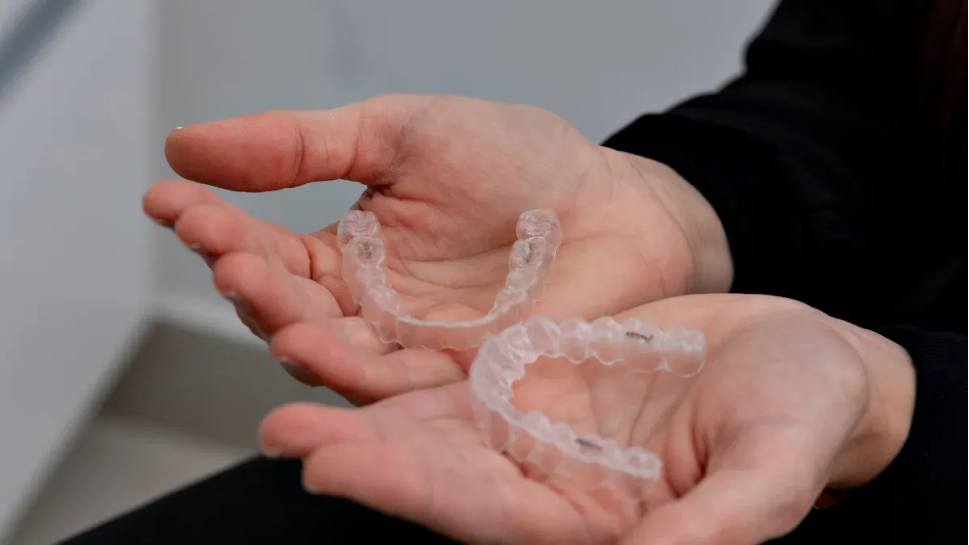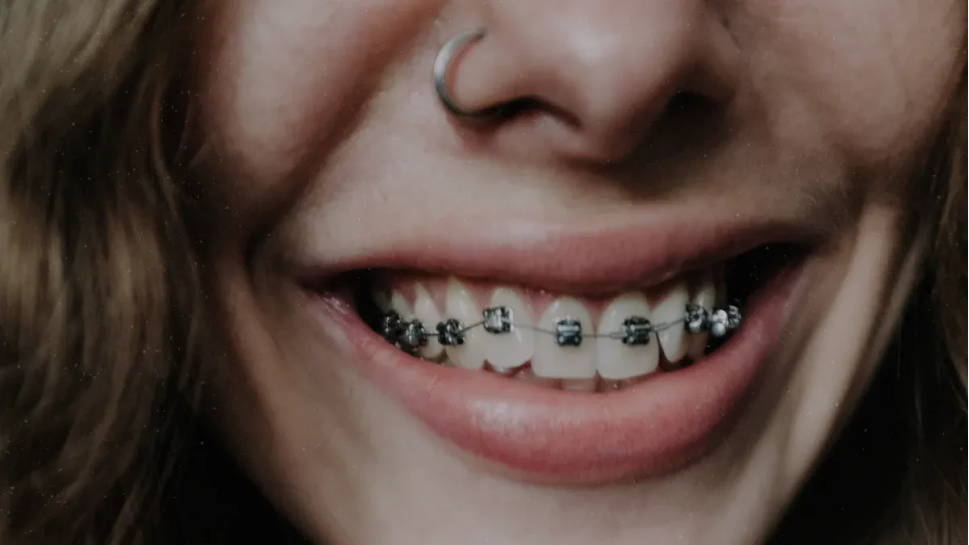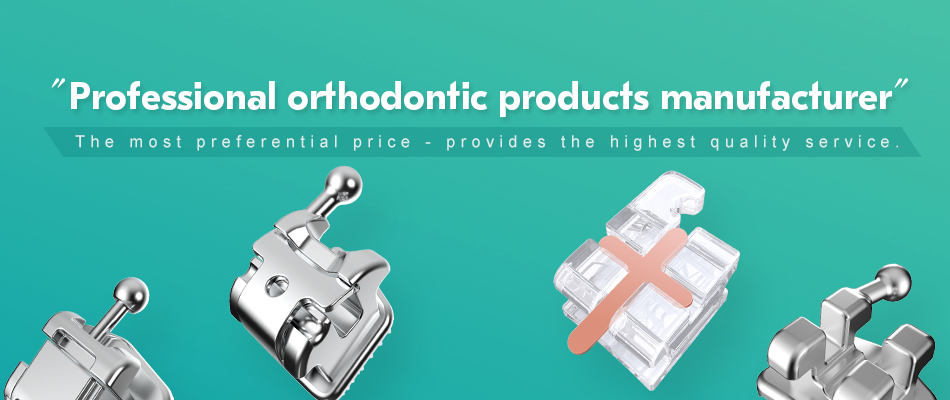You can still consider orthodontic treatment at the age of 36. As long as the periodontium is healthy, orthodontics is meaningful. You need to pay attention to your oral health and functional improvement. Orthodontics should not be impulsive, it is important to scientifically evaluate one’s own condition. Orthodontics should not be impulsive, rational selection of solutions can achieve better results.

(1) Core points
At the age of 36, orthodontic treatment can still improve dental health and aesthetics, enhance quality of life and confidence.
Adult orthodontists should pay attention to periodontal health and alveolar bone condition, patiently cooperate with treatment, and avoid impulsive decisions.
Scientifically evaluate one’s own situation, choose appropriate correction methods, conduct regular check ups, and ensure safety and ideal results.
(2) The value and significance of orthodontic treatment at the age of 36
1. Health needs: Improve tooth crowding and bite abnormalities
You may find that your teeth are not aligned properly or your upper and lower teeth are not biting properly. Crowded teeth can make it difficult for you to brush your teeth, and dirt and grime can easily accumulate between your teeth. In this way, the risk of gingivitis and tooth decay will increase. Abnormal bite may also lead to insufficient chewing, affecting digestion. If you have these problems, orthodontics can help you improve tooth alignment and make teeth easier to clean. You will find that eating becomes easier and your oral health will also improve.
Tip:After aligning your teeth neatly, brushing your teeth becomes easier and the risk of periodontal disease decreases.
2. Aesthetic needs: Enhance confidence and quality of life
You may feel hesitant to laugh or lack confidence in social situations due to misaligned teeth. Orthodontics can make your teeth look neat and beautiful. You will smile more naturally and have more confidence when taking photos. Beautiful teeth not only make you look better, but also enhance your quality of life. You will be more willing to communicate with people and your mood will become better.
Neat teeth make your smile brighter
Improved self-confidence, more proactive work and life
More relaxed in social situations, reducing psychological pressure

3. Differences between adult and adolescent orthodontics
You had orthodontics at the age of 36, which is somewhat different from your teenage years. The alveolar bone of teenagers is still growing, and their teeth move faster. Adult alveolar bone has already matured, and tooth movement may be slower. You need longer correction time and pay more attention to periodontal health. The risk of root resorption and periodontal atrophy increases during adult orthodontic treatment. You need to closely cooperate with the doctor and undergo regular check ups to ensure the effectiveness of the correction.
Project: Adolescent Orthodontics, Adult Orthodontics
The alveolar bone is still growing and has matured
Teeth move faster and slower
Low risk, high risk
Pay attention to key teeth arrangement, periodontal health and function
As long as you scientifically evaluate your own condition and choose the appropriate orthodontic method, you can still achieve healthy and beautiful teeth at the age of 36.
(3) Don’t be impulsive in orthodontics: Key considerations for 36 year old orthodontists
1. Age related physiological changes: slower rate of alveolar bone remodeling
At the age of 36, your alveolar bone has already matured. The speed of alveolar bone remodeling is much slower than that of adolescents. Tooth movement requires support from the alveolar bone. If the alveolar bone reaction is slow, the correction time will be longer. You need to be patient and not rush for success. Orthodontics should not be impulsive, it is important to understand one’s own physiological characteristics. The doctor will develop a suitable correction plan based on your age and bone condition.
reminder:
You should maintain good oral hygiene during orthodontic treatment to help promote healthy reconstruction of the alveolar bone.
The Importance of Periodontal Health Status
Periodontal health is the foundation of adult orthodontics. If you have gum bleeding, loose teeth, and other issues, the risk of orthodontic treatment will increase. Periodontitis can affect tooth stability and even lead to tooth loss. Don’t act impulsively during orthodontic treatment, first check the periodontal condition. The doctor will recommend that you first treat periodontal disease before considering orthodontic treatment. Healthy periodontal tissue can help you complete orthodontic procedures more safely.
Periodontal health check includes: gum condition, alveolar bone height, and tooth looseness
When periodontal problems are not resolved, it is recommended to postpone orthodontic treatment
3. Common risks: root resorption, periodontal atrophy, etc
During orthodontic treatment in adults, the risk of root resorption and periodontal atrophy is higher than in adolescents. Improper force on your teeth during orthodontic treatment may cause the root of the tooth to become shorter. Periodontal recession can cause gum recession and make teeth more sensitive. Orthodontics should not be impulsive, it is important to understand these risks in advance. You need to have regular check ups to promptly identify any issues. The doctor will adjust the orthodontic plan based on your dental condition to reduce the risk.
be careful:
If you find loose teeth or receding gums, you should inform your doctor promptly.
4. Advantages and disadvantages of different correction methods (traditional brackets, invisible correction, etc.)
You can choose different correction methods. Common types include traditional metal brackets, ceramic brackets, and invisible braces. Each method has its own advantages and disadvantages. You need to choose based on your own needs and financial situation.
Advantages and disadvantages of correction methods
Metal brackets have lower prices, obvious effects, unattractive appearance, and are prone to scratching the mouth
Ceramic brackets have high aesthetic appeal, high price, and are easy to dye
Invisible correction has good concealment, the highest comfortable price, and limited indications
You need to communicate fully with the doctor when making a choice. Orthodontics should not be impulsive, blindly pursuing beauty or low prices may affect the effect.
5. Caution should be exercised in special circumstances such as periodontitis, skeletal malocclusion, etc
If you have special conditions such as periodontitis or skeletal malocclusion, the difficulty of orthodontic treatment will increase. Patients with periodontitis have unstable tooth foundations and are prone to relapse after correction. Orthopedic malocclusion requires a combination of orthognathic surgery, which is difficult to solve solely through orthodontics. Don’t act impulsively in orthodontics. When encountering these situations, follow the advice of a professional doctor. The doctor will develop a personalized treatment plan for you to ensure safety and effectiveness.
Periodontitis requires controlling inflammation first
Orthopedic malocclusion requires multidisciplinary combined treatment
6. Scientific evaluation suggestions: X-ray examination, periodontal assessment, communication with doctors, and setting reasonable expectations
Before deciding on orthodontic treatment, you need to undergo a comprehensive scientific evaluation. Radiographic examination can reveal the structure of teeth and bones. Periodontal assessment can identify potential issues. You need to communicate fully with the doctor and express your needs and concerns. Set reasonable expectations and understand that correction is not an overnight process. Don’t act impulsively in orthodontics. Scientific evaluation and rational decision-making can provide you with a better orthodontic experience.
Suggestion:
You can list your questions in advance, communicate face-to-face with doctors, and help yourself make wise choices.
You need to scientifically evaluate your own situation when choosing orthodontics at the age of 36. Don’t act impulsively in orthodontics, choose the correct method rationally. You can consult a professional doctor to develop a personalized plan. Only by patiently cooperating with treatment can ideal results be achieved.
(4) FAQ
Will orthodontic treatment be very painful at the age of 1.36?
You will experience slight discomfort. Most people can adapt. The doctor will help you relieve the pain.
Will teeth rebound after orthodontic treatment?
You need to wear a retainer. This can prevent tooth displacement. Persisting in re examination yields better results.
Can I eat normally during orthodontic treatment?
You can eat soft food. Avoid hard and sticky foods. This can protect teeth and braces.
Post time: Aug-15-2025


